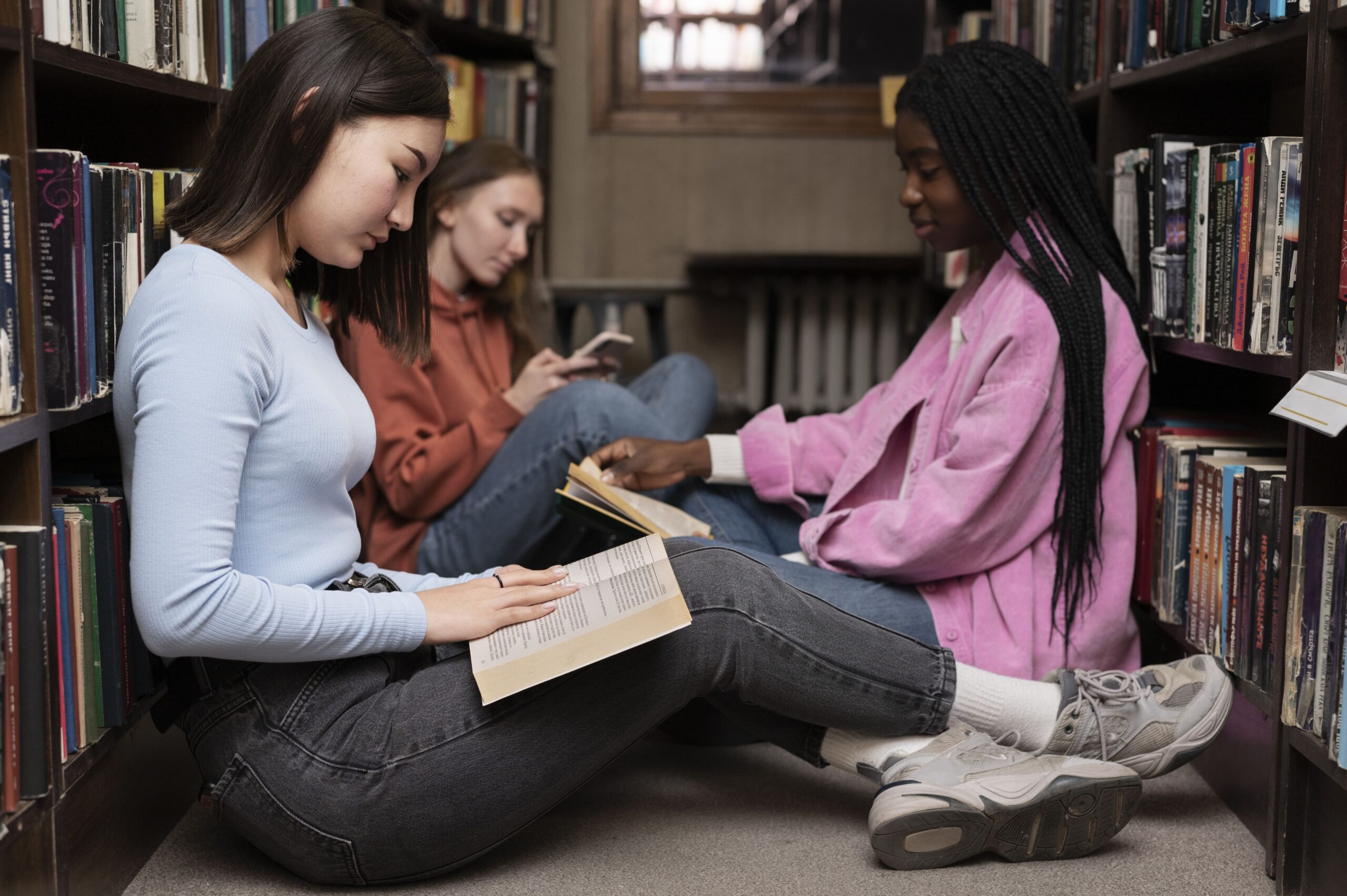Learning a new language opens doors to different cultures, but when combined with literature, it offers a deeper and more nuanced understanding of those cultures. In this article, we explore how reading works of literature in their original languages can cultivate cross-cultural empathy, making language learning not just an intellectual exercise but a transformative, human experience.
How literature fosters empathy
When learners immerse themselves in stories written from perspectives vastly different from their own, they experience worlds and emotions beyond their immediate reality. Scholars like Martha Nussbaum (1997) argue that literature serves as a form of ethical education, offering a “training ground” for empathy. By placing themselves in the shoes of characters from diverse backgrounds, readers expand their emotional and cultural horizons, becoming more attuned to the experiences and values of others.
The benefits for language learners
For language learners, reading literature in its original language provides more than just vocabulary and grammar skills. It also helps them understand idiomatic expressions, cultural references, and social contexts that textbooks might overlook. A study by Kramsch (1993) highlights how engaging with authentic texts in foreign languages enables learners to navigate and appreciate the nuances of that culture, making them not just bilingual but bicultural.
Examples of cross-cultural literature
Engaging with literature in its original language can offer deep cultural insights. For instance, reading Elena Ferrante’s L’amica geniale (Italian) gives a vivid portrayal of Italian society and friendships, while Jeanette Winterson’s Oranges Are Not the Only Fruit (English) explores identity within British culture. Additionally, exploring Madame Bovary by Gustave Flaubert (French) provides a rich perspective on 19th-century French society, enhancing the language-learning experience through immersion in authentic cultural contexts.
Practical applications for educators
Educators can integrate literature into their language curriculums by selecting texts that match the learners’ proficiency levels while also offering rich cultural content. For example, using bilingual books or guided readings of classic literature from target languages can be effective ways to combine language learning with cultural immersion. BiblioLingua’s project of creating simplified versions of European classics aims to bridge this gap, making literature accessible while enhancing language skills.
Conclusion
Literature is more than just a language-learning tool; it’s a pathway to understanding, empathy, and human connection. By integrating culturally rich literary texts into language education, educators and learners can foster a more comprehensive, empathetic approach to understanding the world.
Bibliography
- Nussbaum, M. (1997). Cultivating humanity: A classical defense of reform in liberal education. Harvard University Press.
- Kramsch, C. (1993). Context and culture in language teaching. Oxford University Press.
- Ferrante, E. (2011). L’amica geniale. Edizioni E/O.
- Flaubert, G. (1857). Madame Bovary. Michel Lévy Frères.
- Winterson, J. (1985). Oranges Are Not the Only Fruit. Pandora Press.

